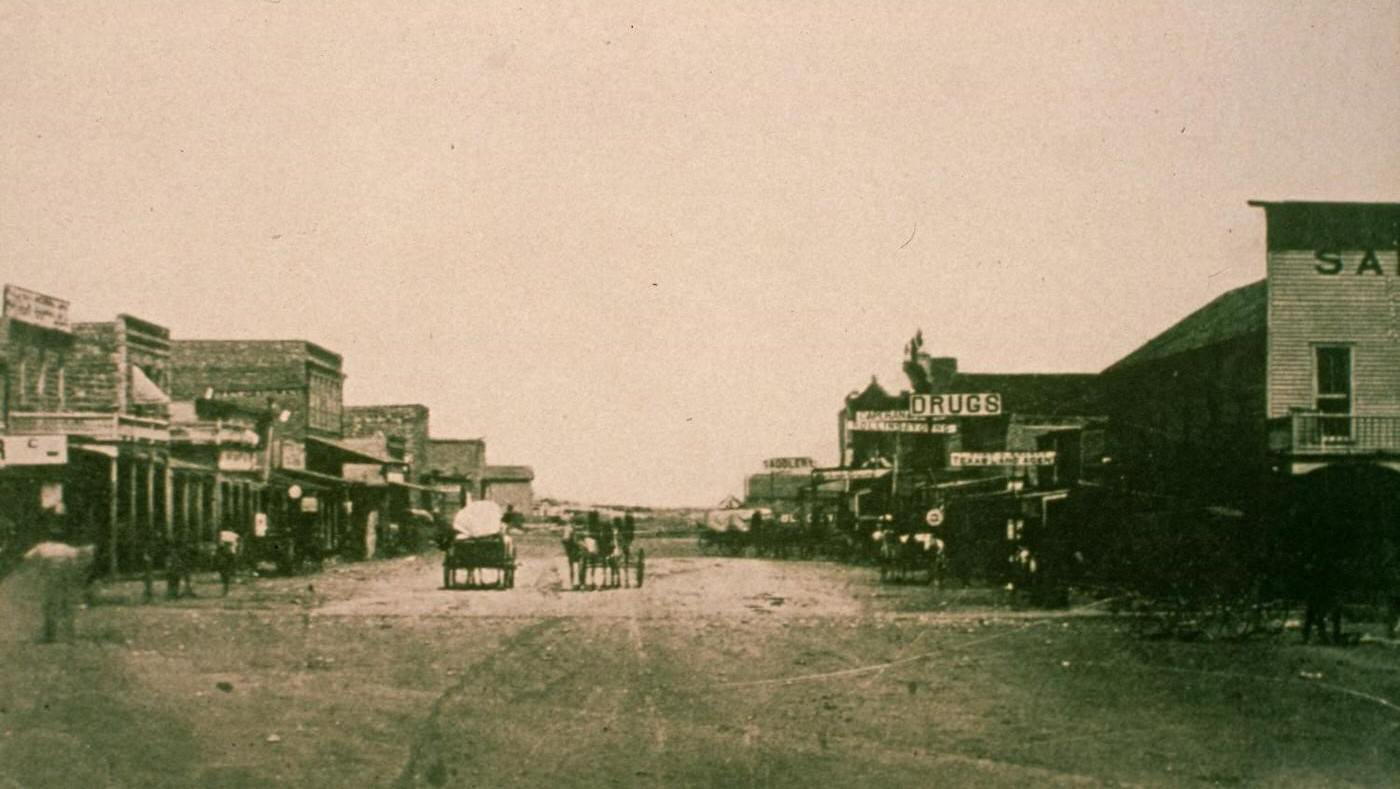Abilene, Texas, stepped into the 1910s as a city brimming with confidence, having experienced rapid growth during the previous decade. The foundations laid – railroads, key institutions, and burgeoning businesses – set the stage for further development. The census figures showed a population of 9,204 in 1910. The next ten years, however, would bring not only continued progress but also the profound impacts of new technologies, a world war, and a global pandemic.
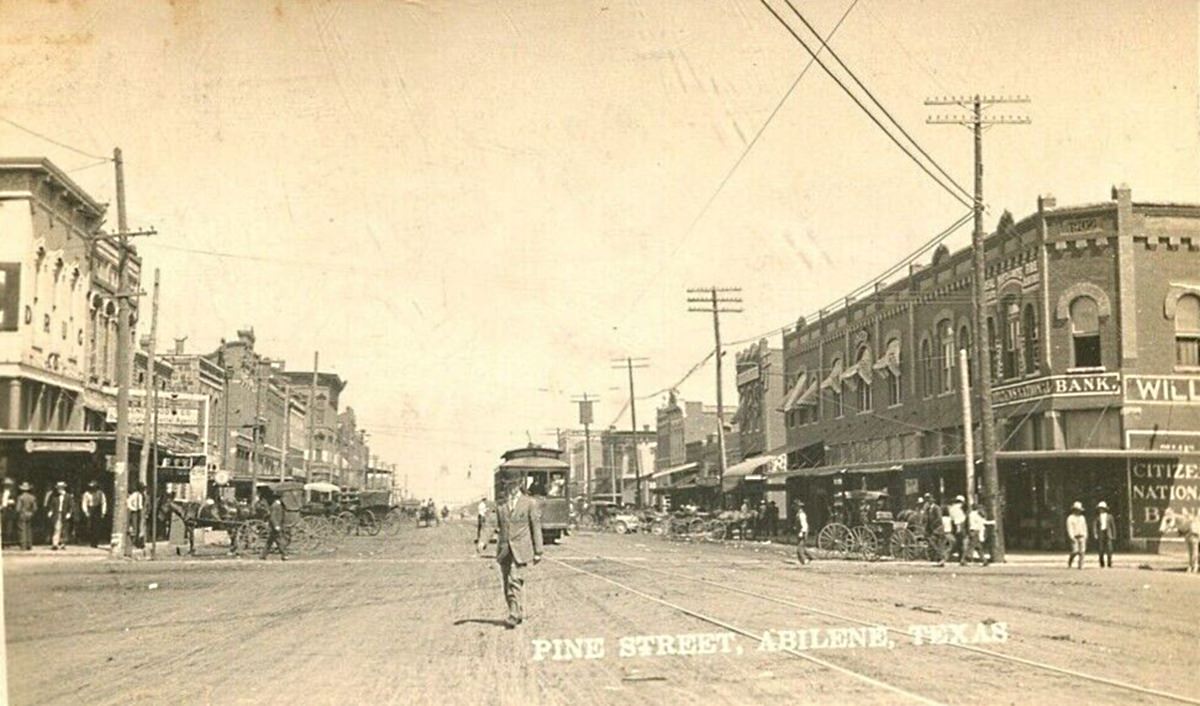
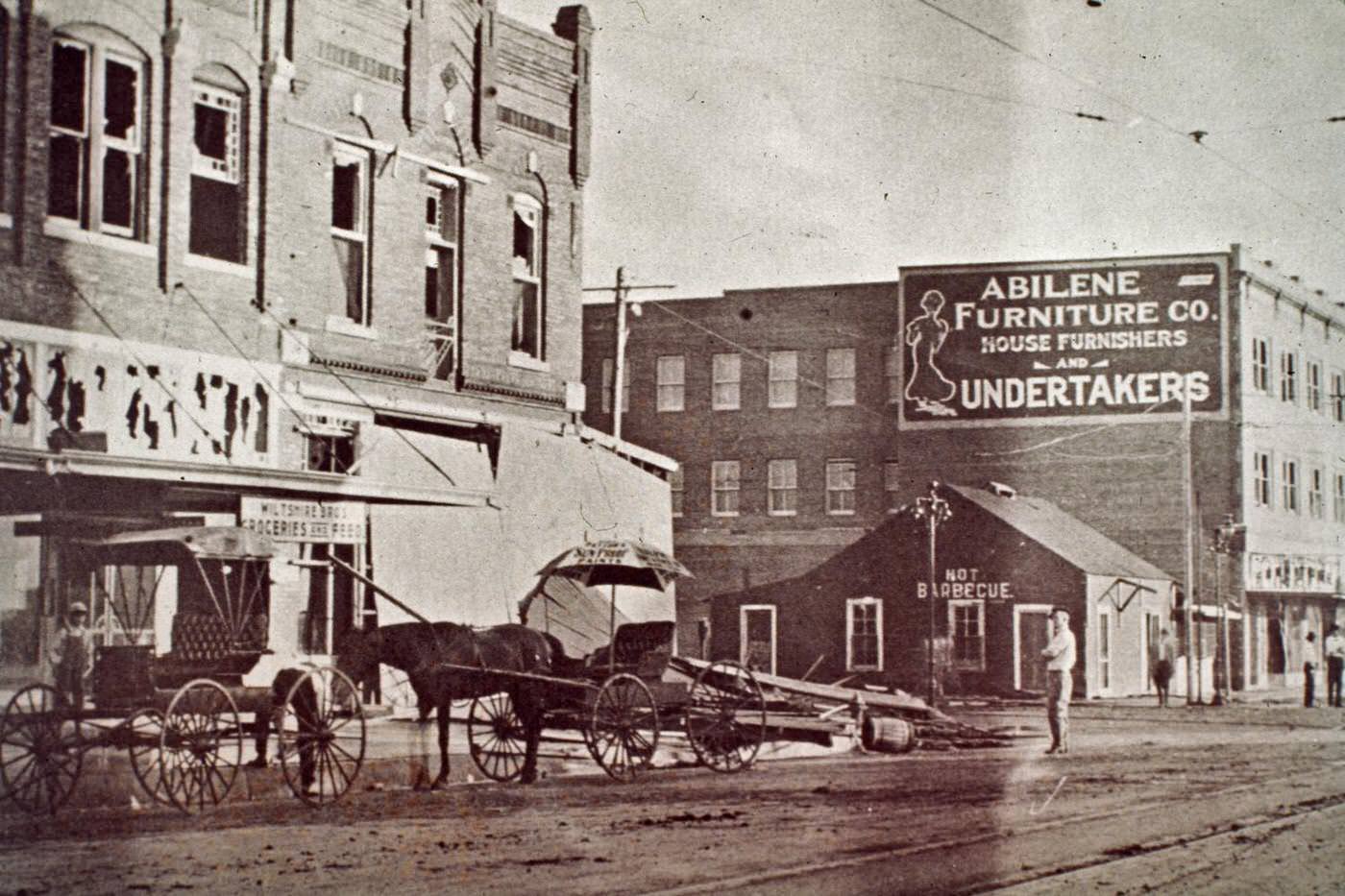

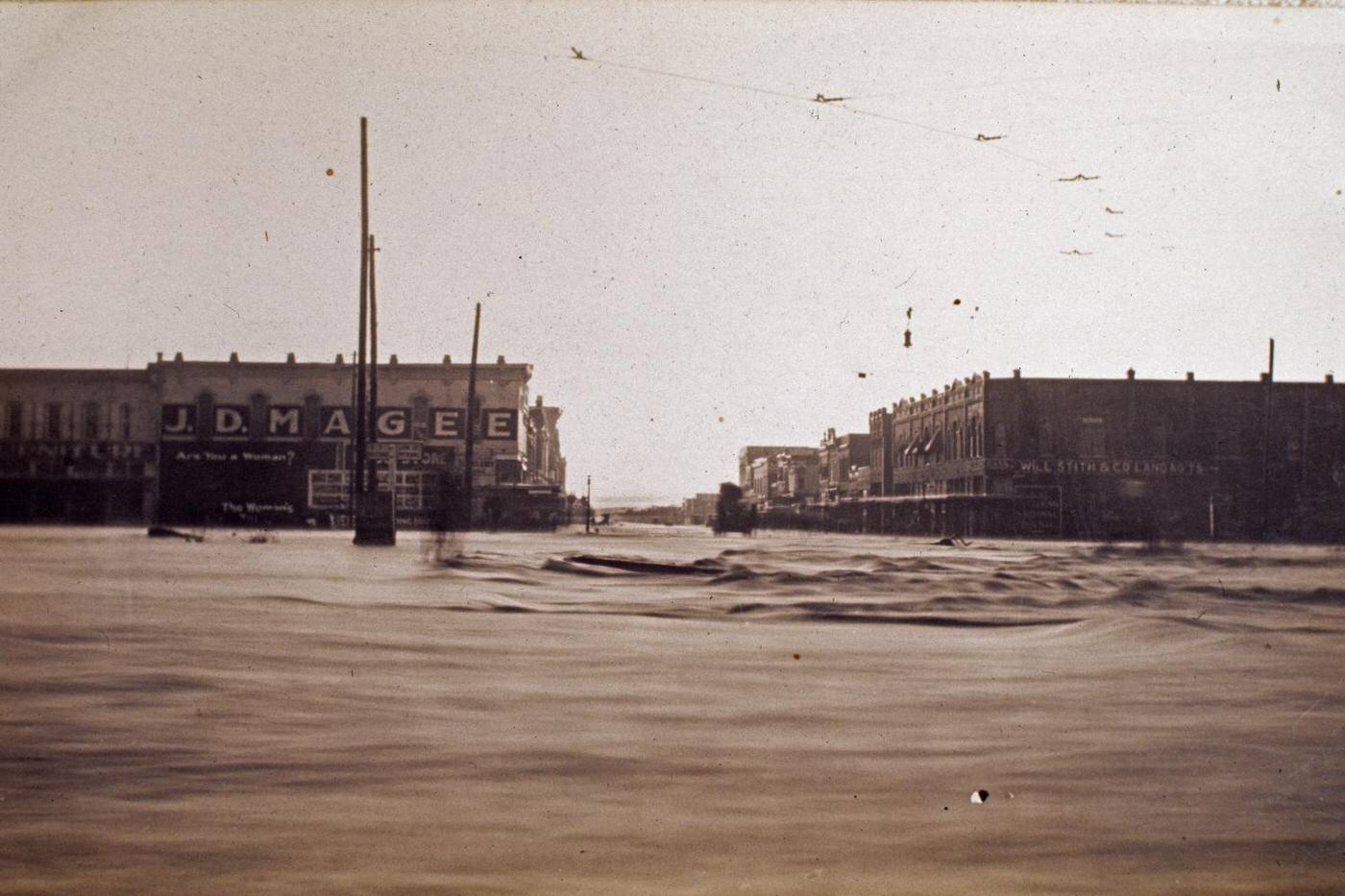
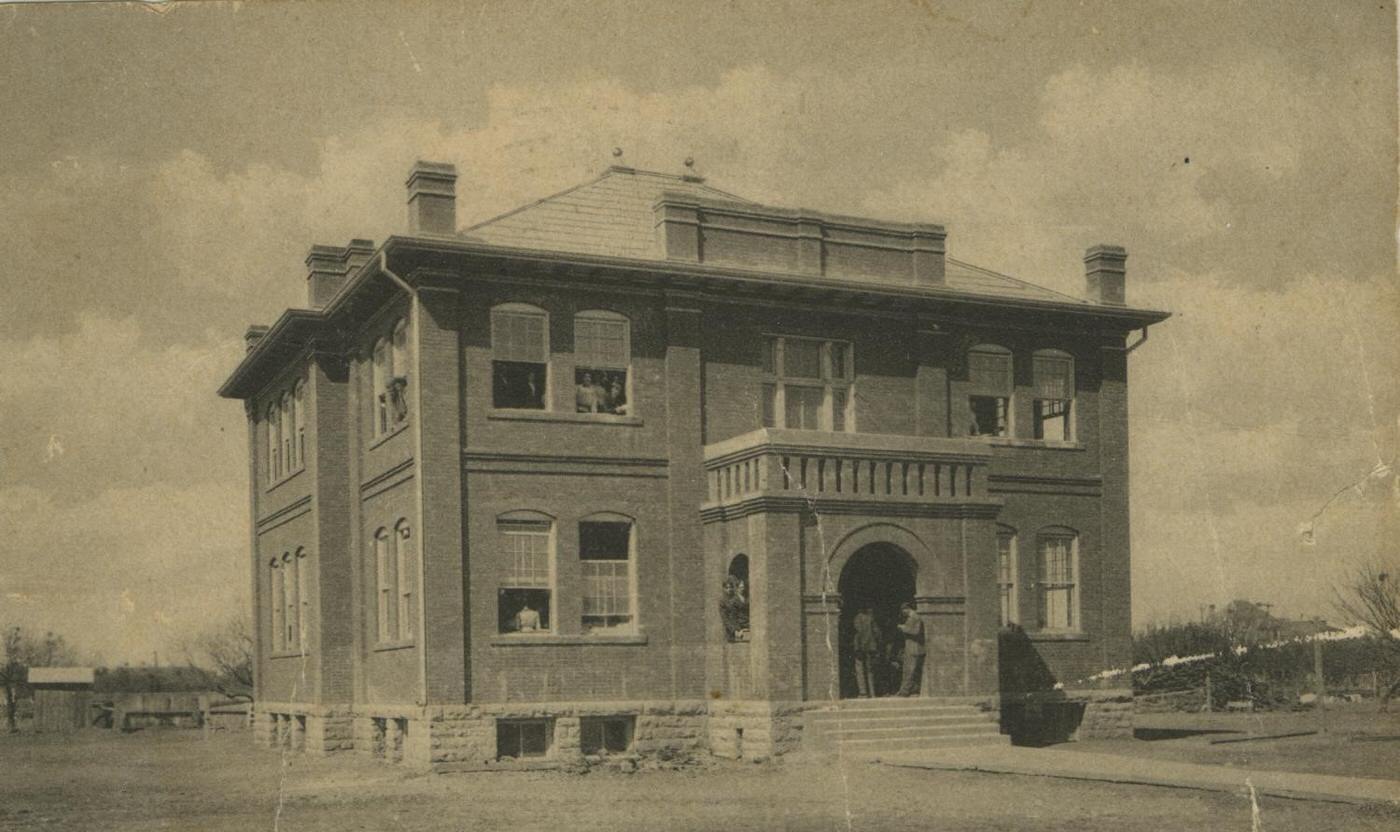
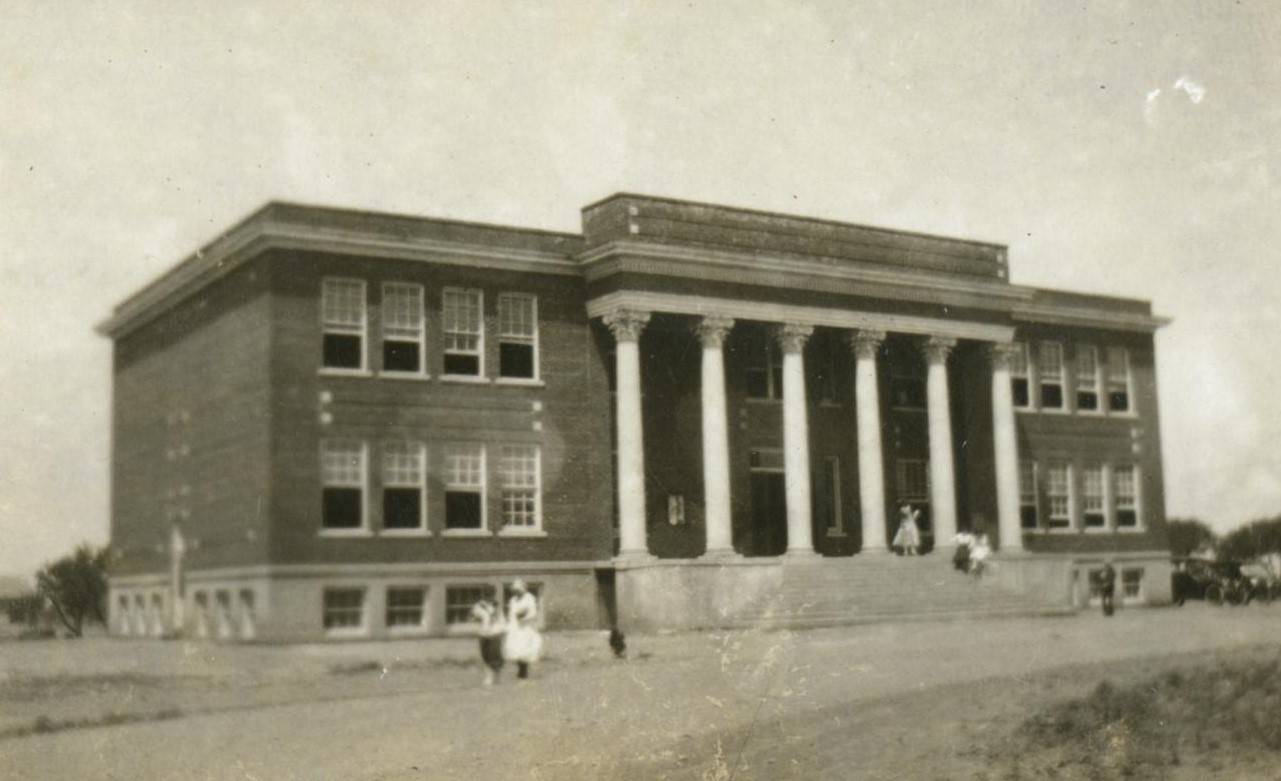
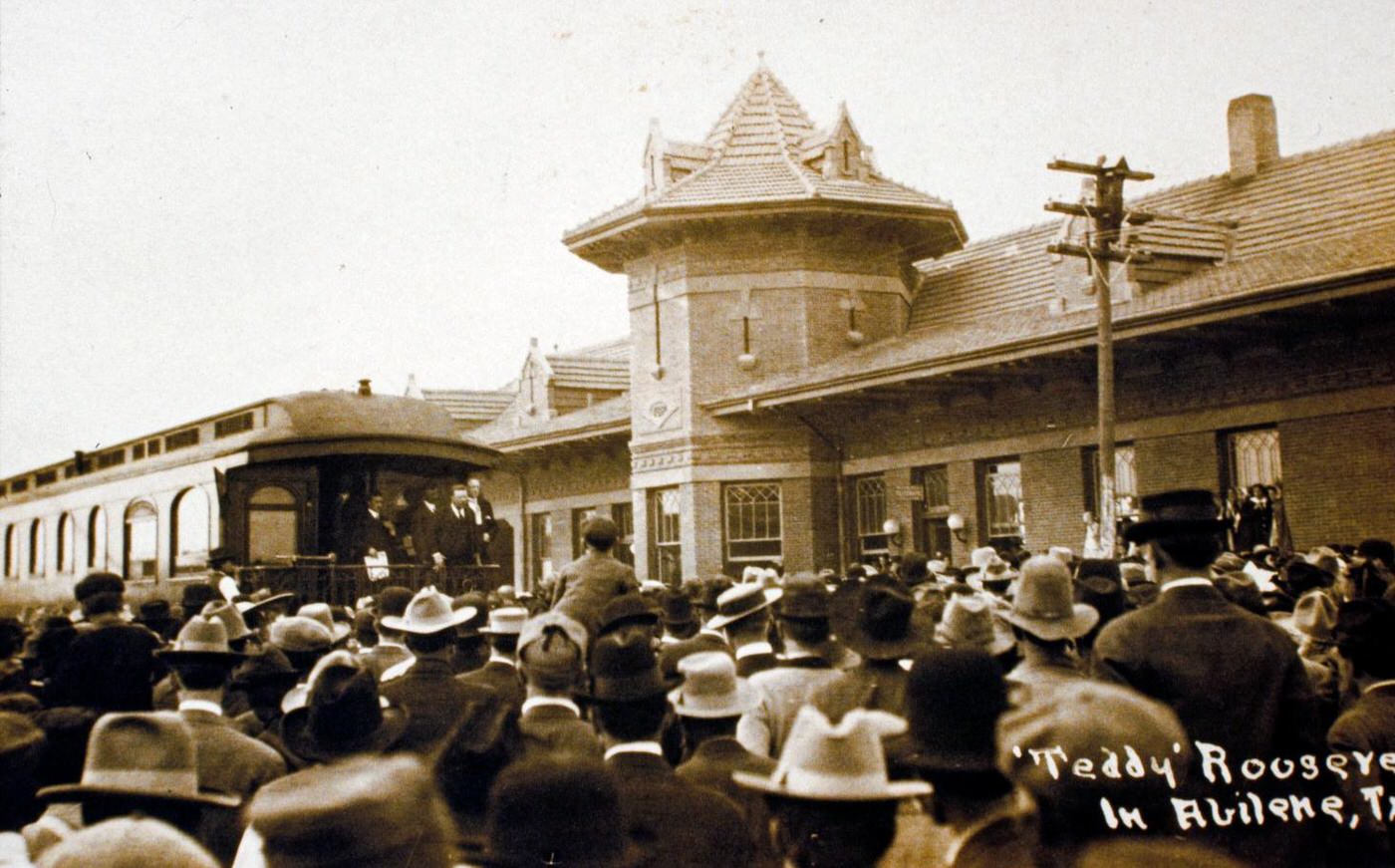
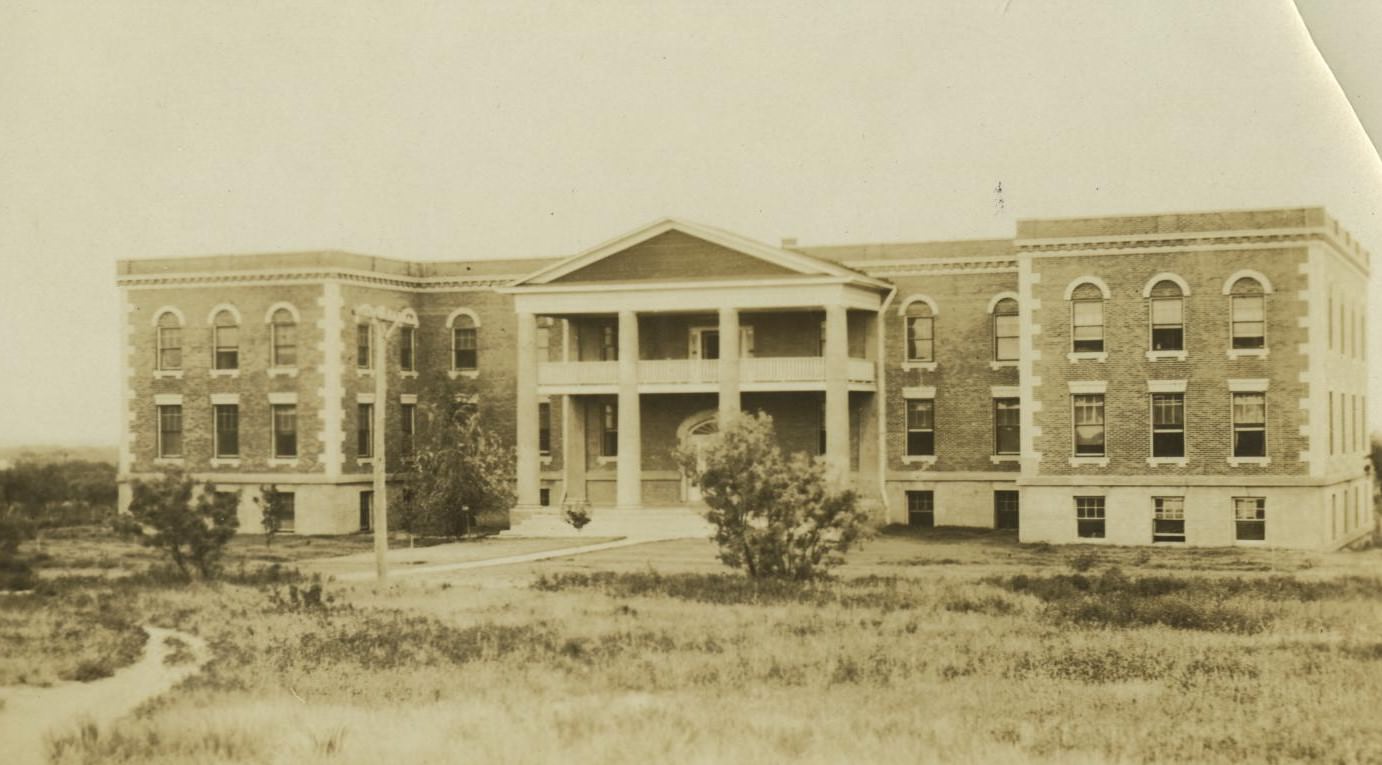

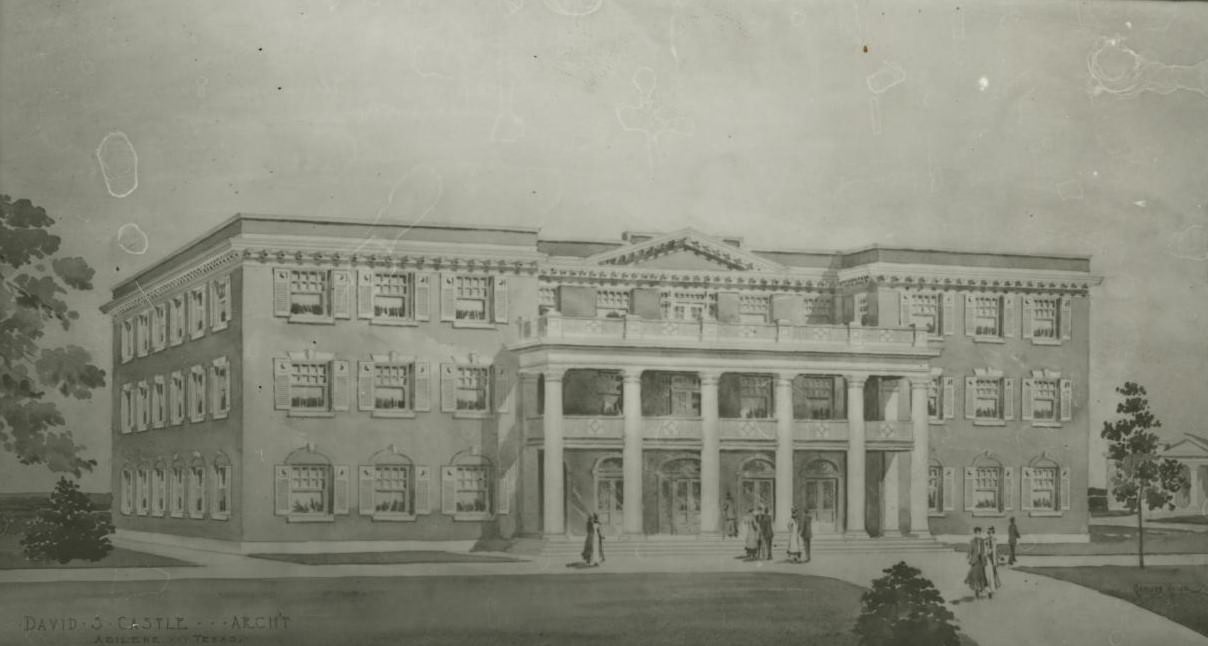
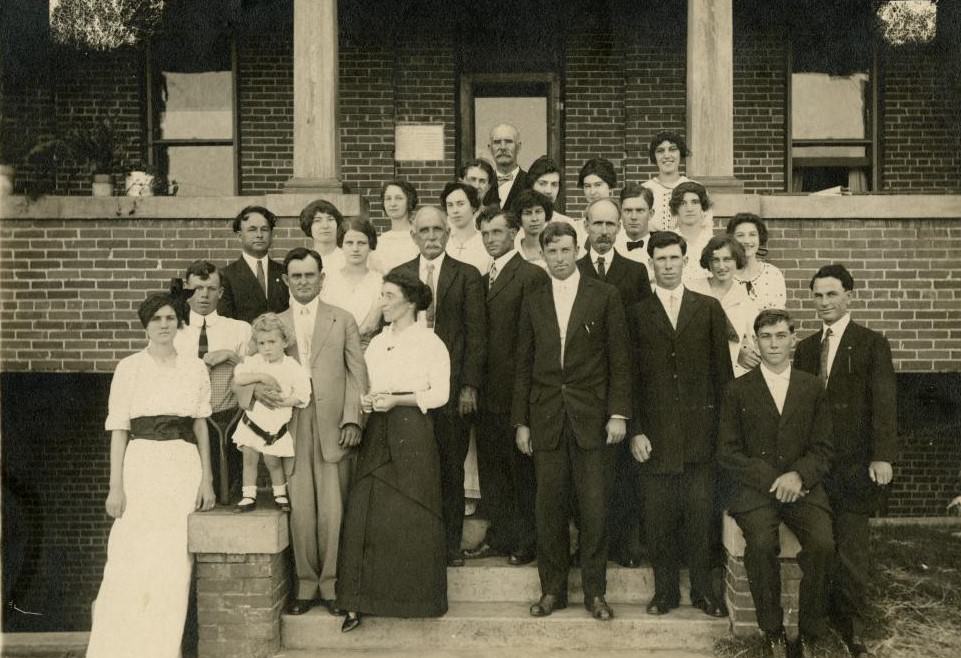
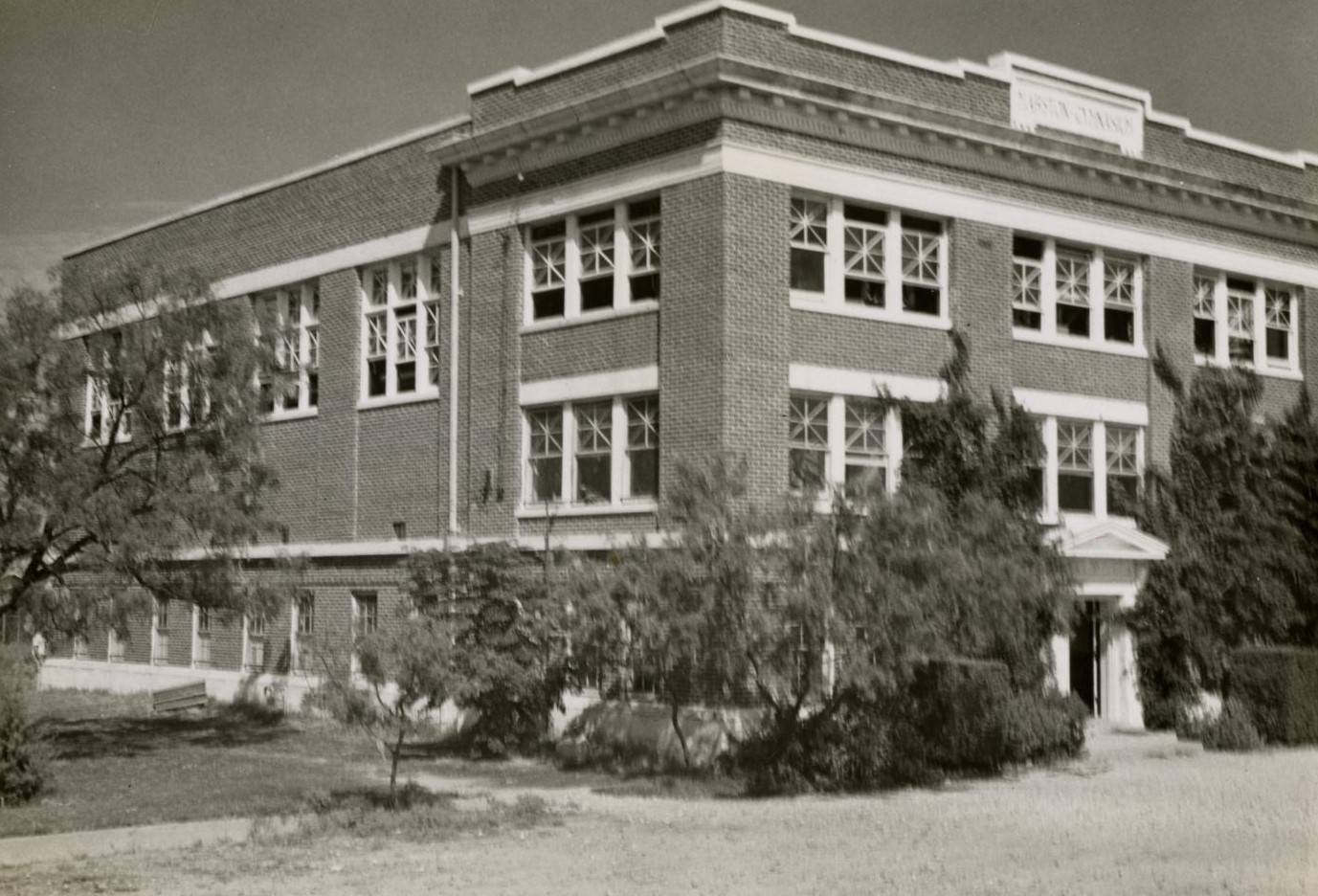
Infrastructure development continued to be a priority as the city grew. One of the most significant achievements early in the decade was the completion of Lake Abilene around 1911. This man-made reservoir provided a much larger and more reliable water source than the city had previously known. It was a crucial development, supporting population growth, enabling better sanitation through expanded sewer systems, and vastly improving the city’s firefighting capabilities. With a secure water supply, Abilene could plan for future expansion with greater certainty. Street paving extended further beyond the core downtown blocks, covering more residential and secondary commercial streets with brick. The network of electric lines and telephone wires expanded, bringing these modern conveniences to an increasing number of Abilene homes and businesses. The Abilene Gas & Electric Company worked to meet the rising demand for power.

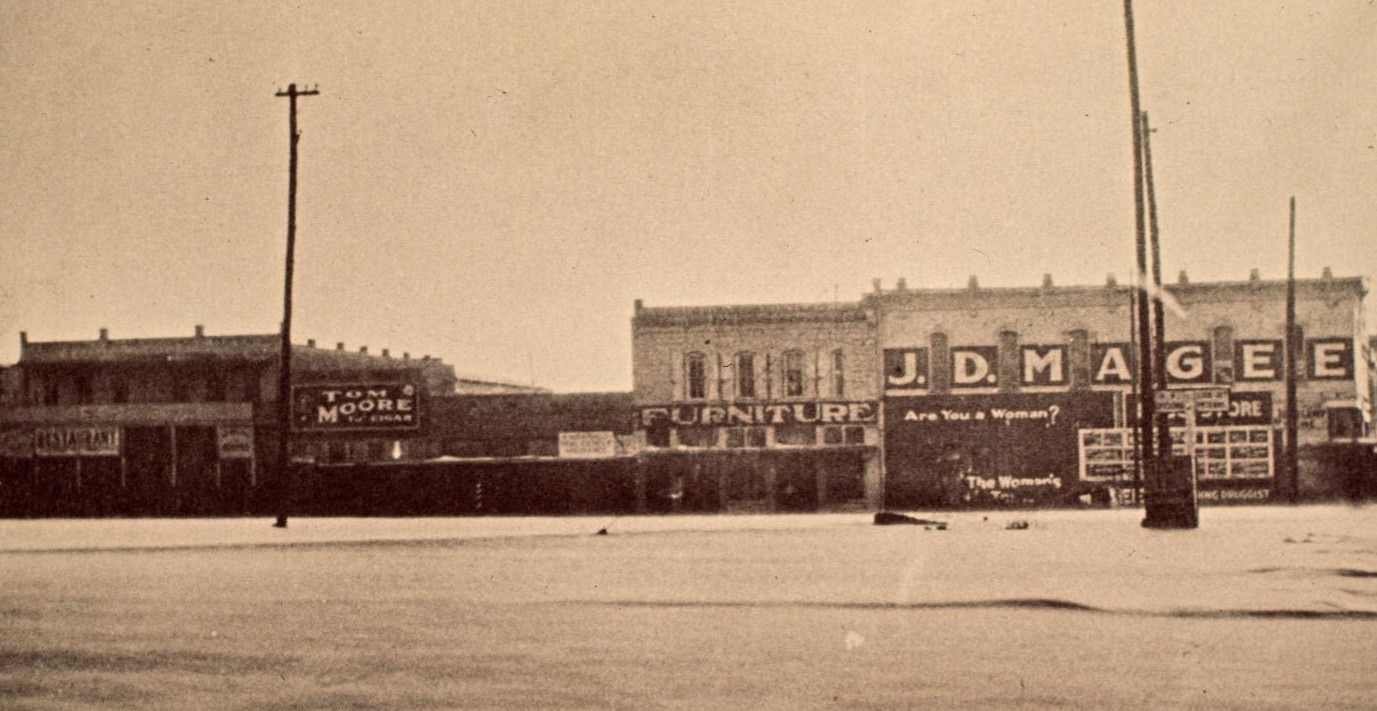


The institutions anchoring Abilene’s community continued their development. Simmons College saw steady growth in its student population and academic reputation. New buildings were added to the campus, and the college expanded its course offerings, solidifying its role as a major center for higher education in the region. The Abilene State Epileptic Colony (now Abilene State Supported Living Center) operated throughout the decade, providing care for its residents and remaining a significant source of employment for the city. The public school system expanded to keep pace with the growing number of children, constructing new elementary schools and improving facilities at the high school level.

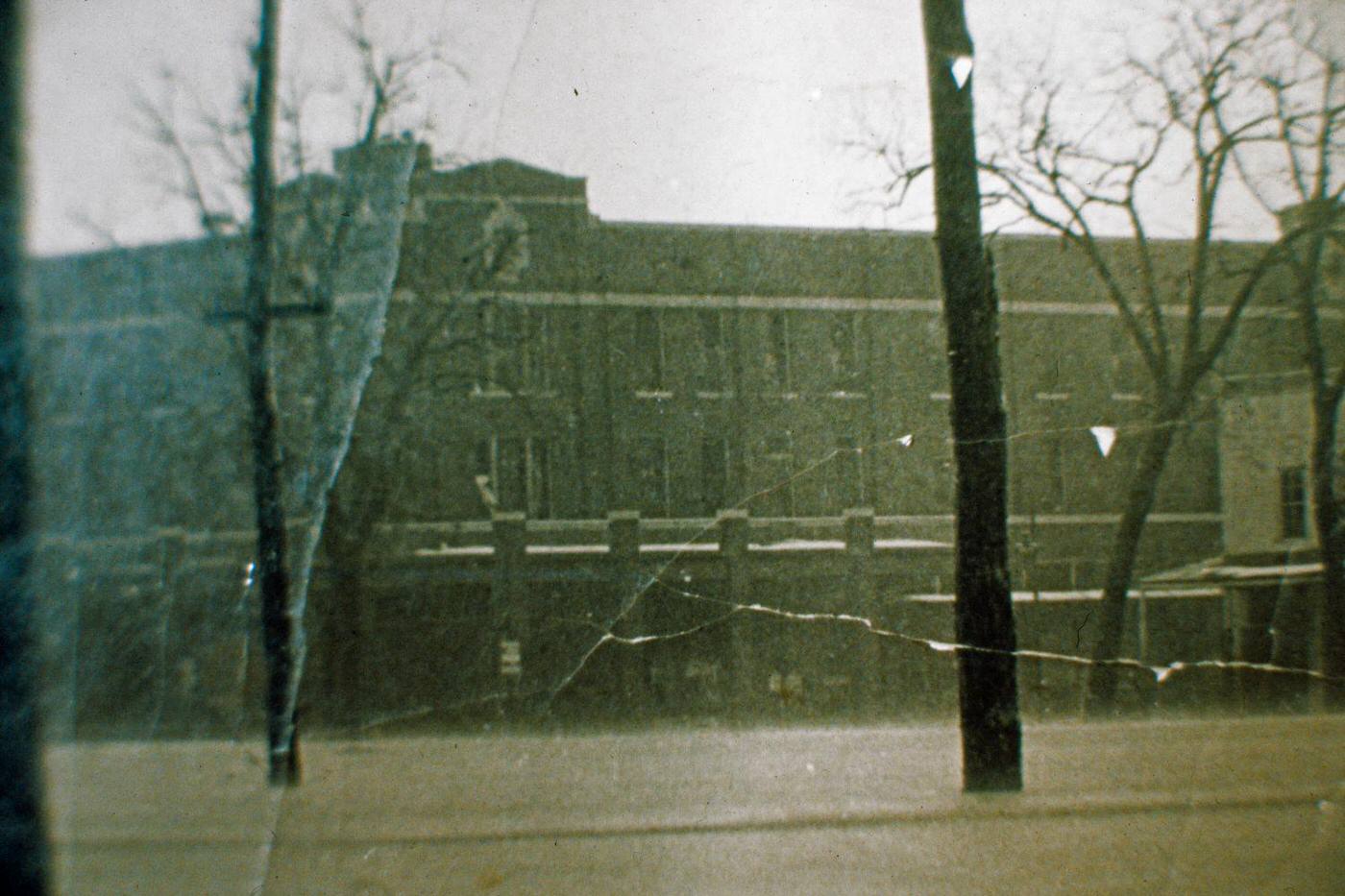
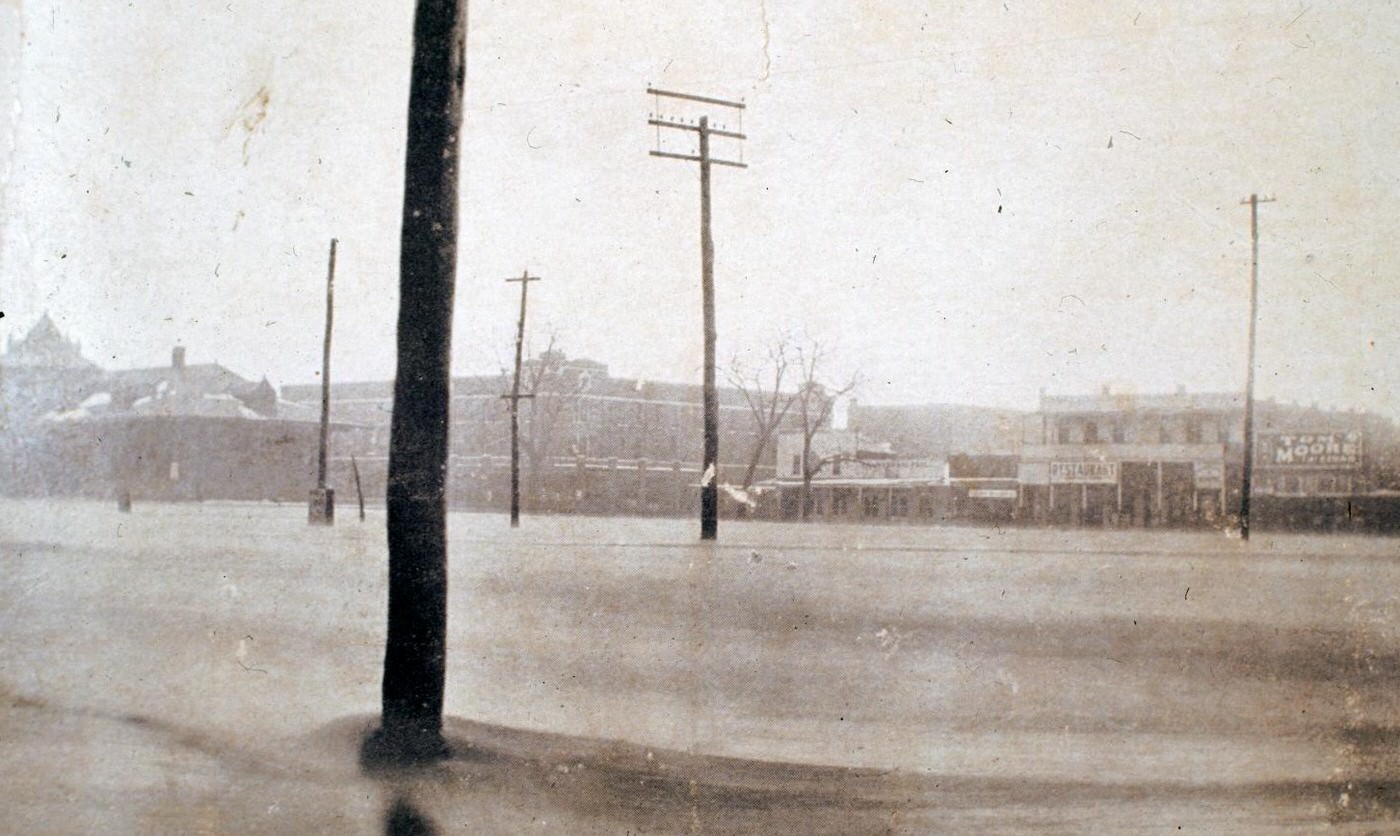
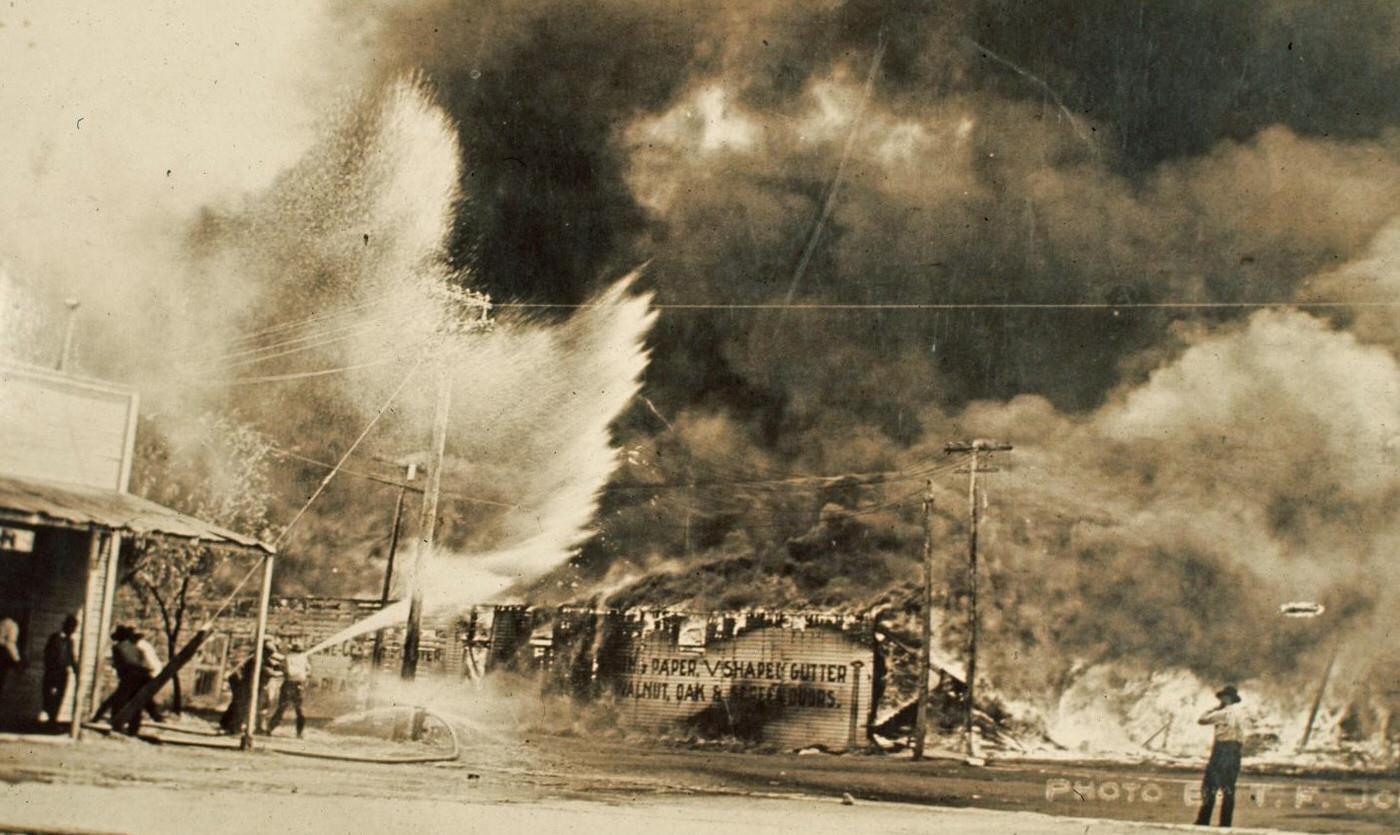
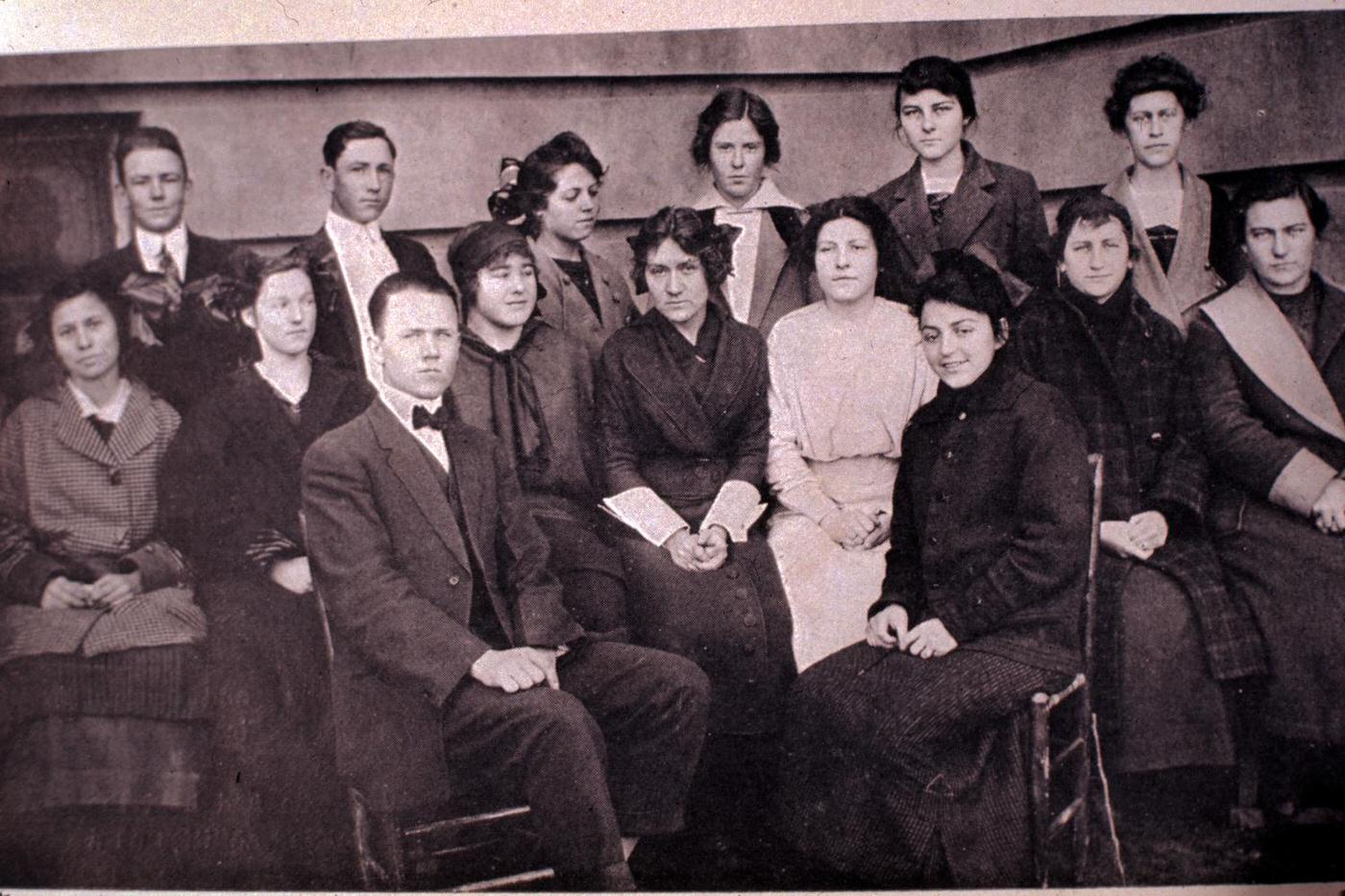
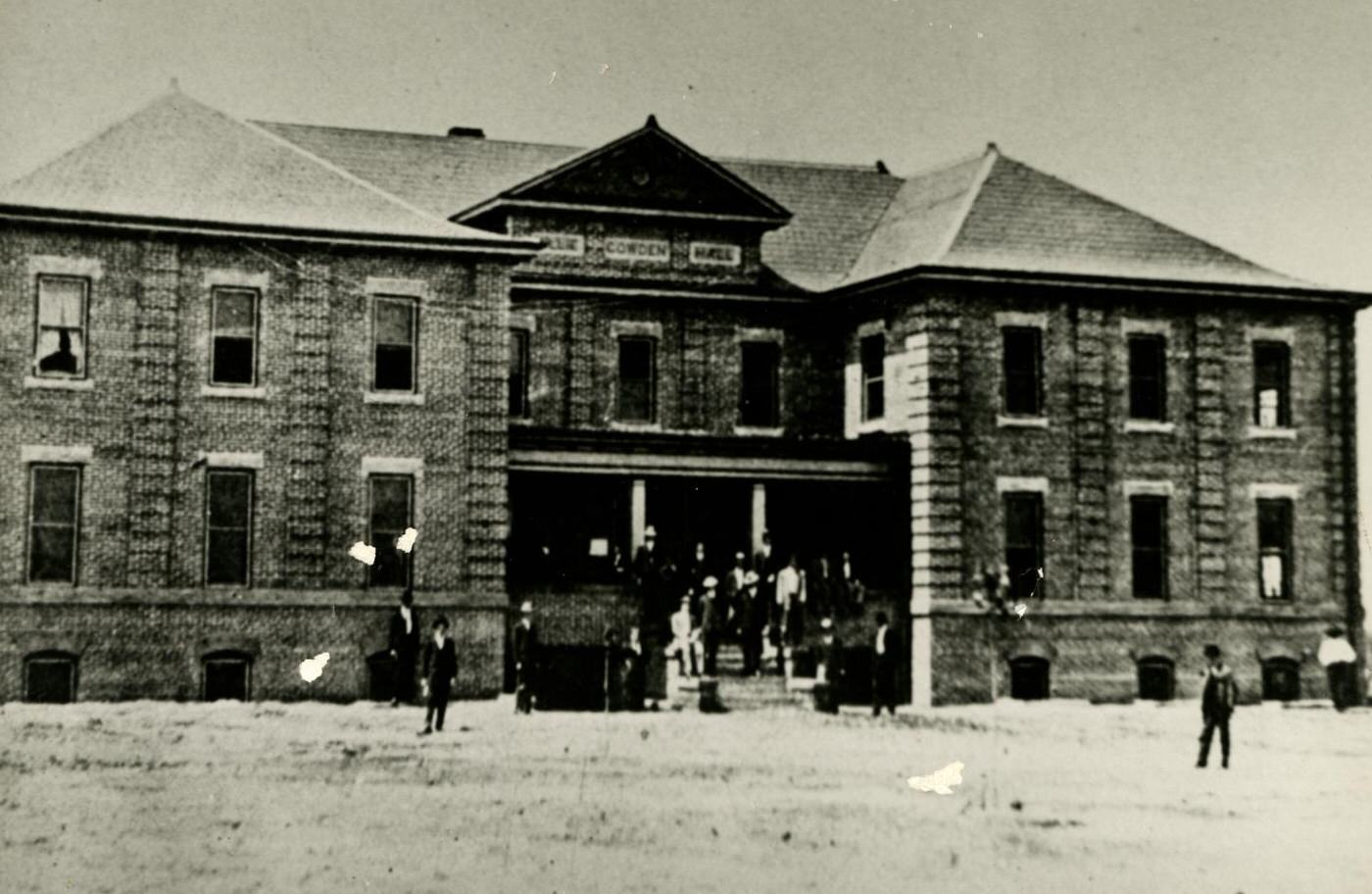

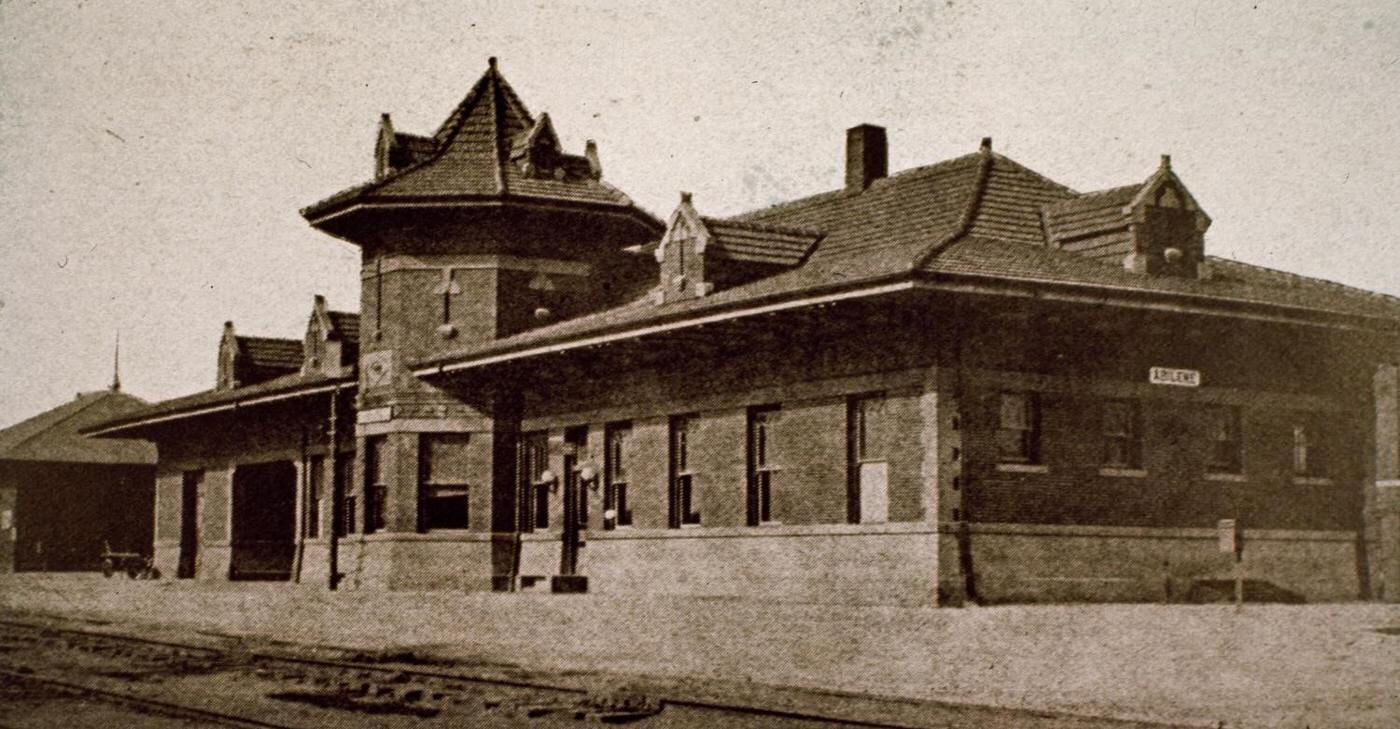
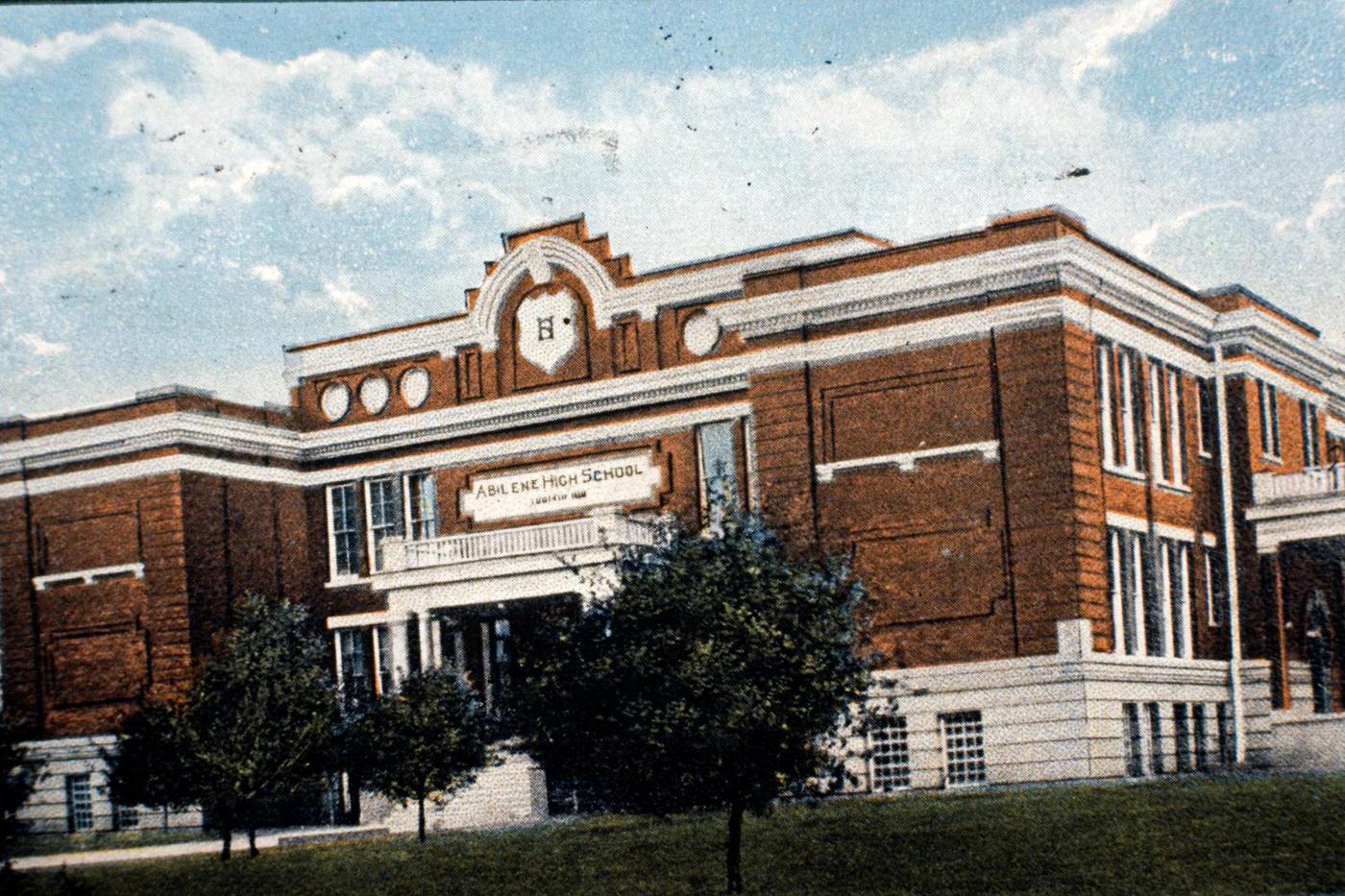
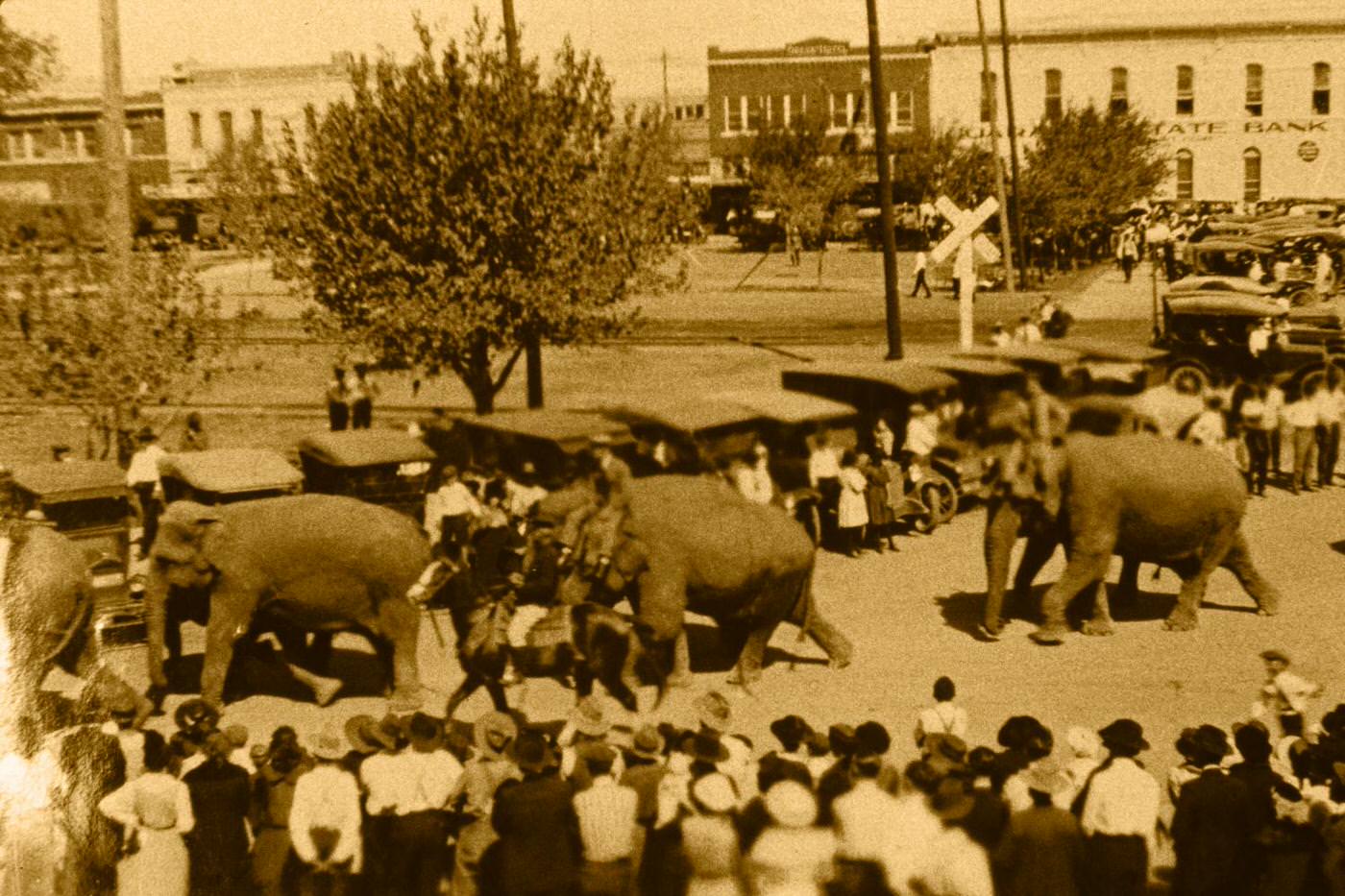
Perhaps the most transformative technology making its presence felt throughout the 1910s was the automobile. While the first cars had appeared in the previous decade, the 1910s saw them become a much more common sight on Abilene streets. Doctors, business owners, and wealthier families acquired Ford Model Ts and other early models. This proliferation of automobiles spurred the creation of new businesses: garages dedicated to auto repair, dealerships selling cars and parts, and curbside gasoline pumps or early filling stations. The rise of the car also brought new challenges. It increased demand for better roads, not just within the city limits but also connecting Abilene to neighboring towns and counties. While major road improvement projects were still largely in the future, the need became increasingly apparent during this decade. The growing number of cars began to compete for road space with horse-drawn buggies, delivery wagons, and pedestrians, gradually altering the rhythm and sounds of street life. Livery stables, though still necessary, began a slow decline as mechanized transport gained ground.

Adding to the changing transportation landscape was the Abilene streetcar system. They provided reliable public transportation, connecting downtown Abilene with expanding residential neighborhoods, parks, and important institutions like Simmons College. For a fare, residents could easily travel across town without needing a horse or one of the still-expensive automobiles. The streetcar lines influenced residential development patterns, making areas along their routes more desirable.
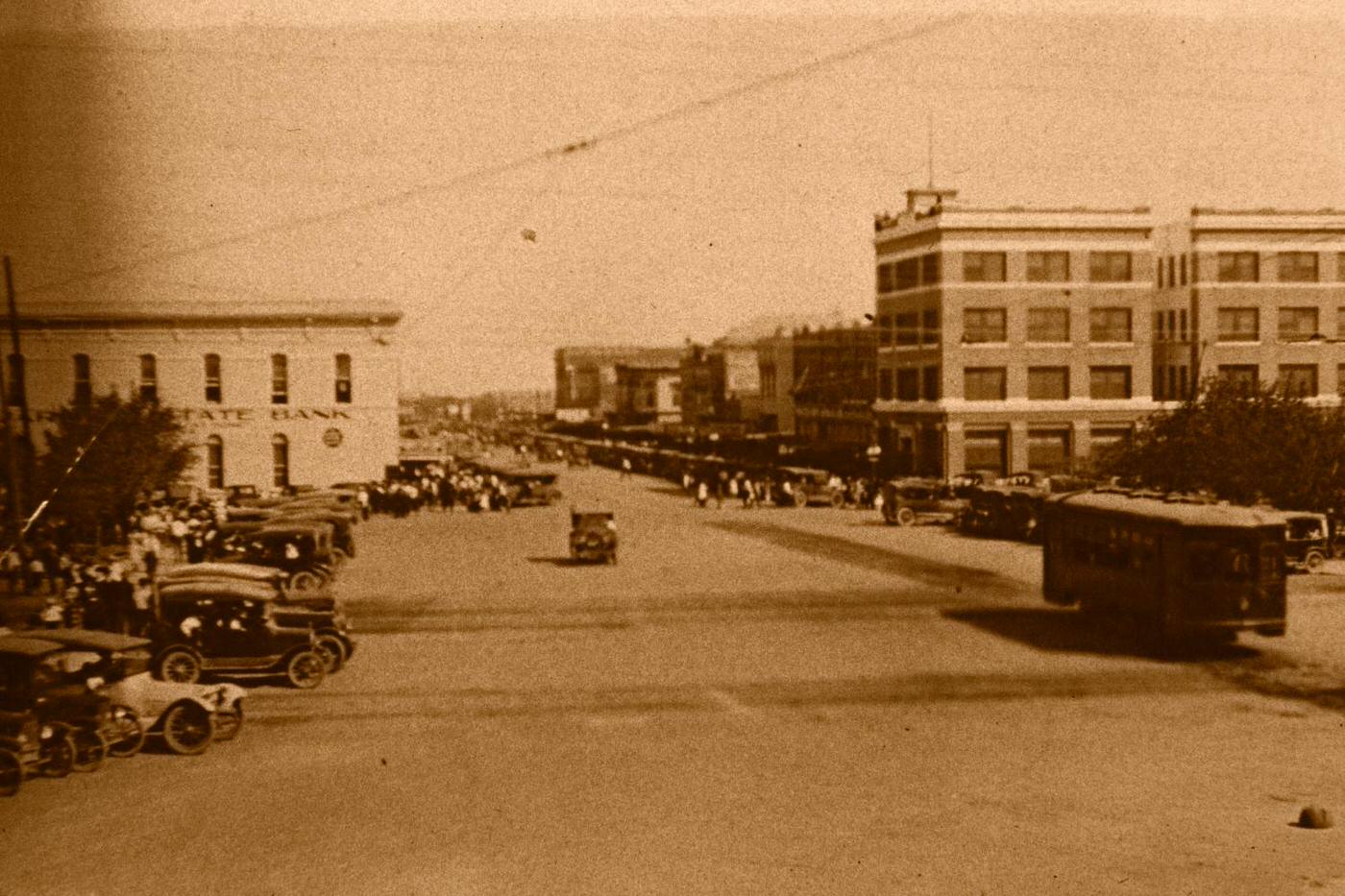
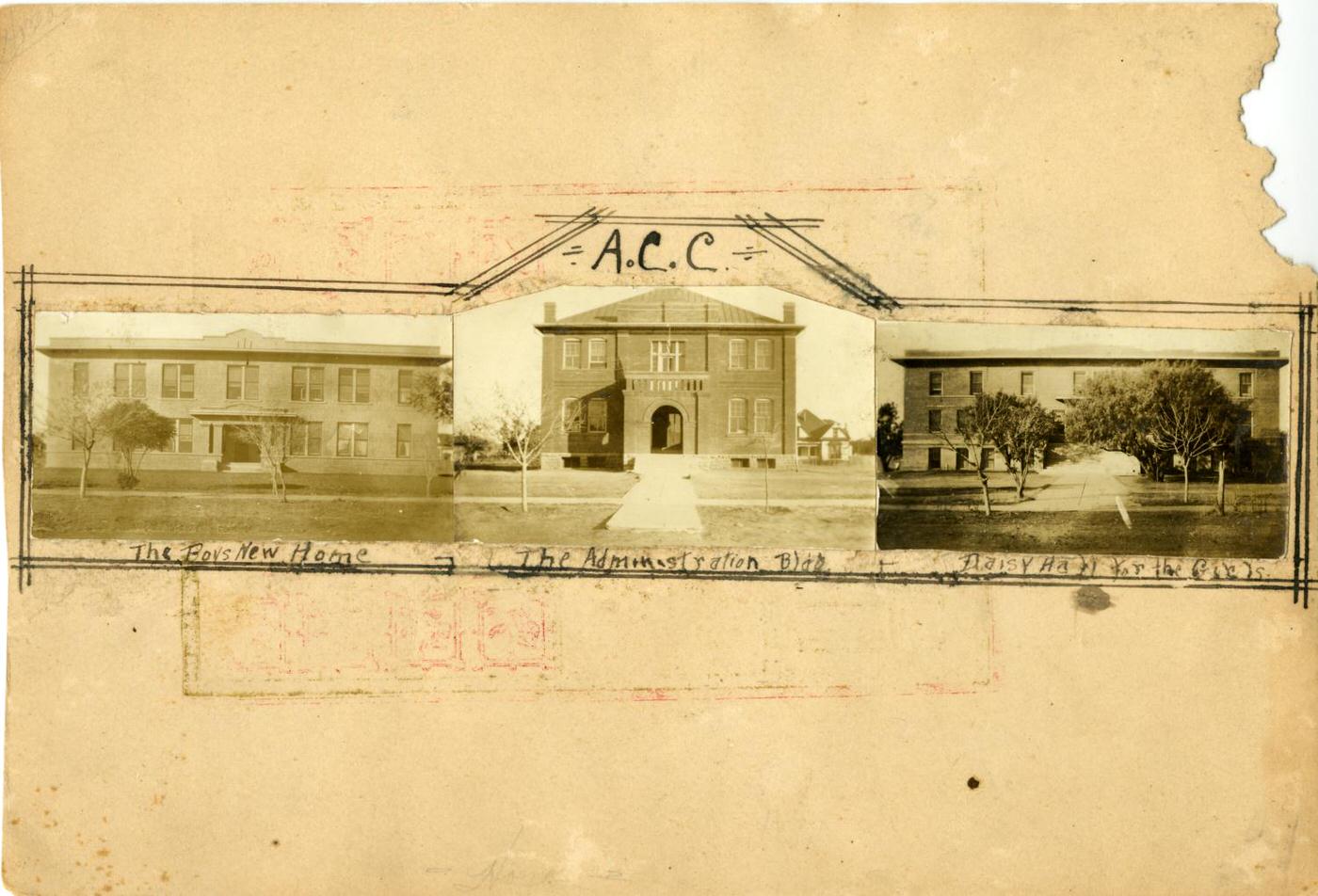
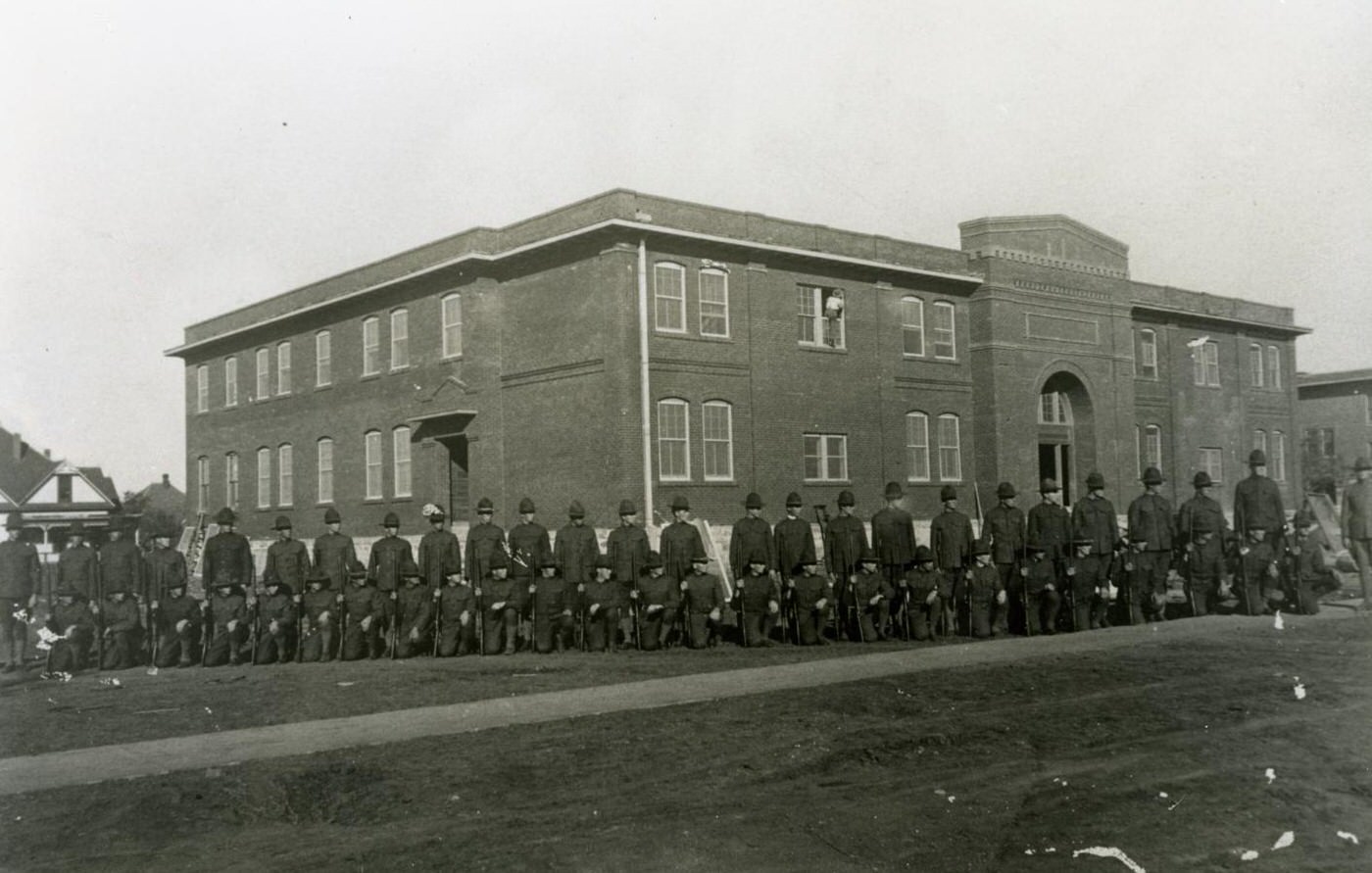
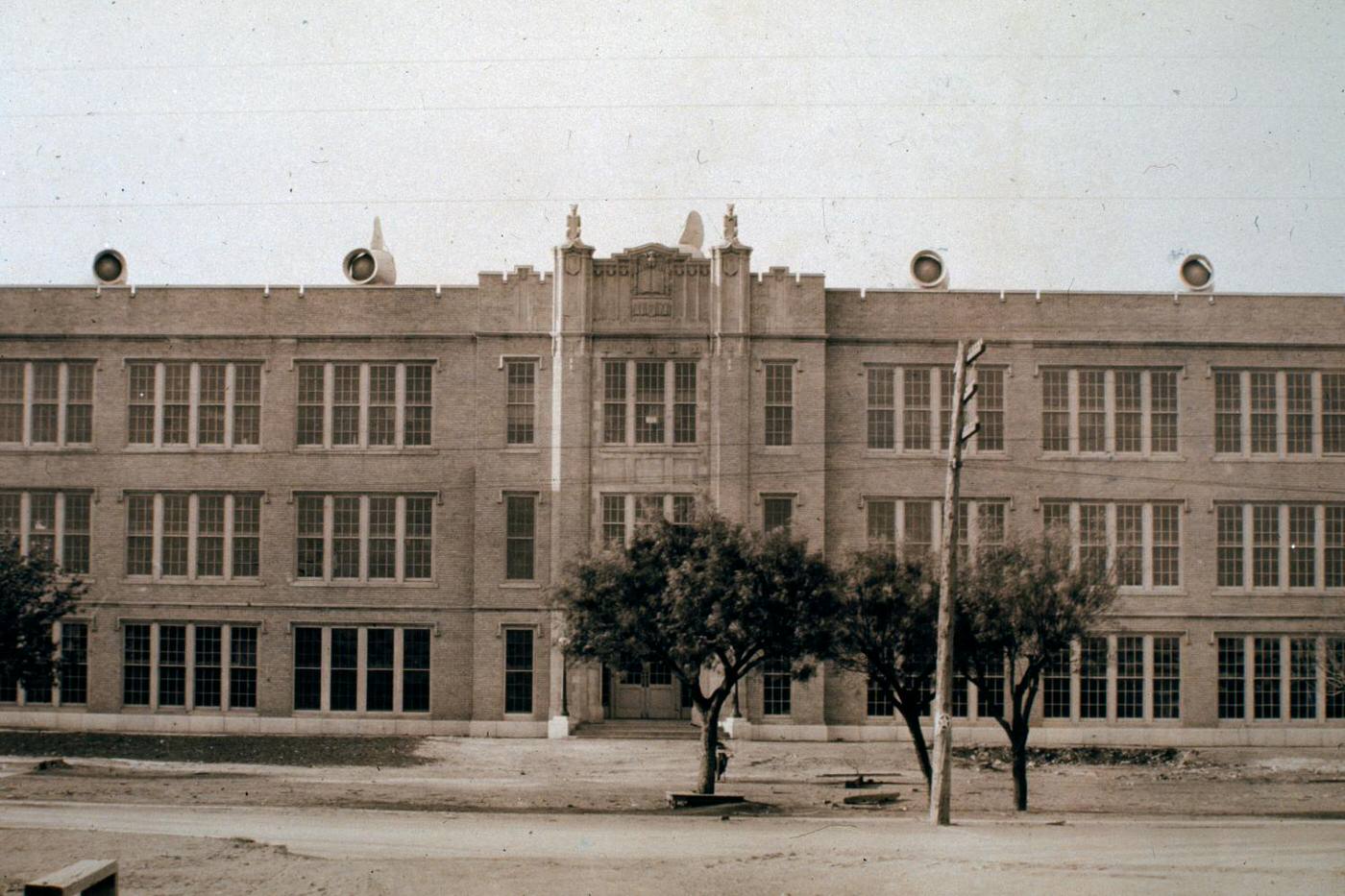
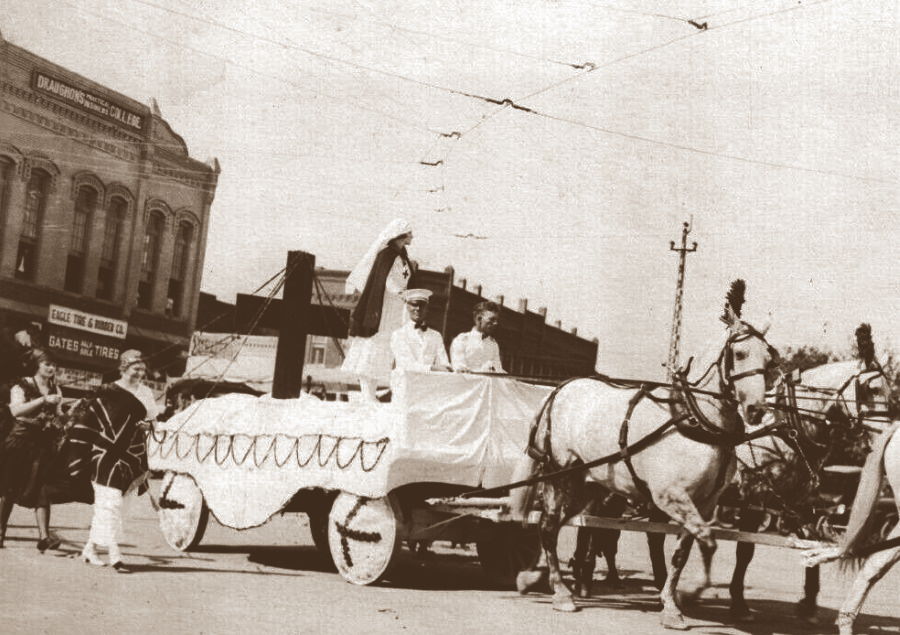
Abilene’s economy remained closely tied to agriculture and the railroads. Cotton continued to be the dominant cash crop in the surrounding region, and Abilene’s gins, warehouses, and banks played essential roles in the cotton trade. Cattle ranching also remained significant, with the railroads providing the vital link to national markets. Abilene’s role as a wholesale and retail center for West Texas strengthened, with local businesses supplying goods to a wide area. The two railroads, the Texas and Pacific and the Wichita Valley, ensured competitive freight rates and passenger service.
The latter part of the decade was heavily influenced by World War I. After the United States entered the conflict in April 1917, Abilene, like communities across the nation, mobilized to support the war effort. Many young men from Taylor County enlisted or were drafted into the military, serving in various branches of the armed forces. Local National Guard units were called into federal service. On the home front, the community rallied with intense patriotism. Liberty Bond drives were organized to help finance the war, with residents urged to invest. Citizens participated in conservation efforts, adhering to rationing guidelines for essential goods like sugar and flour. The local chapter of the American Red Cross was highly active, preparing bandages, knitting socks for soldiers, and providing support to military families. Simmons College contributed by hosting a unit of the Student Army Training Corps (SATC), providing military training to students on campus. The war effort permeated daily life through rallies, parades, and constant news updates from the battlefields in Europe. The demand for cotton and cattle often increased due to wartime needs, boosting parts of the local economy, though labor shortages sometimes occurred as men left for military service.
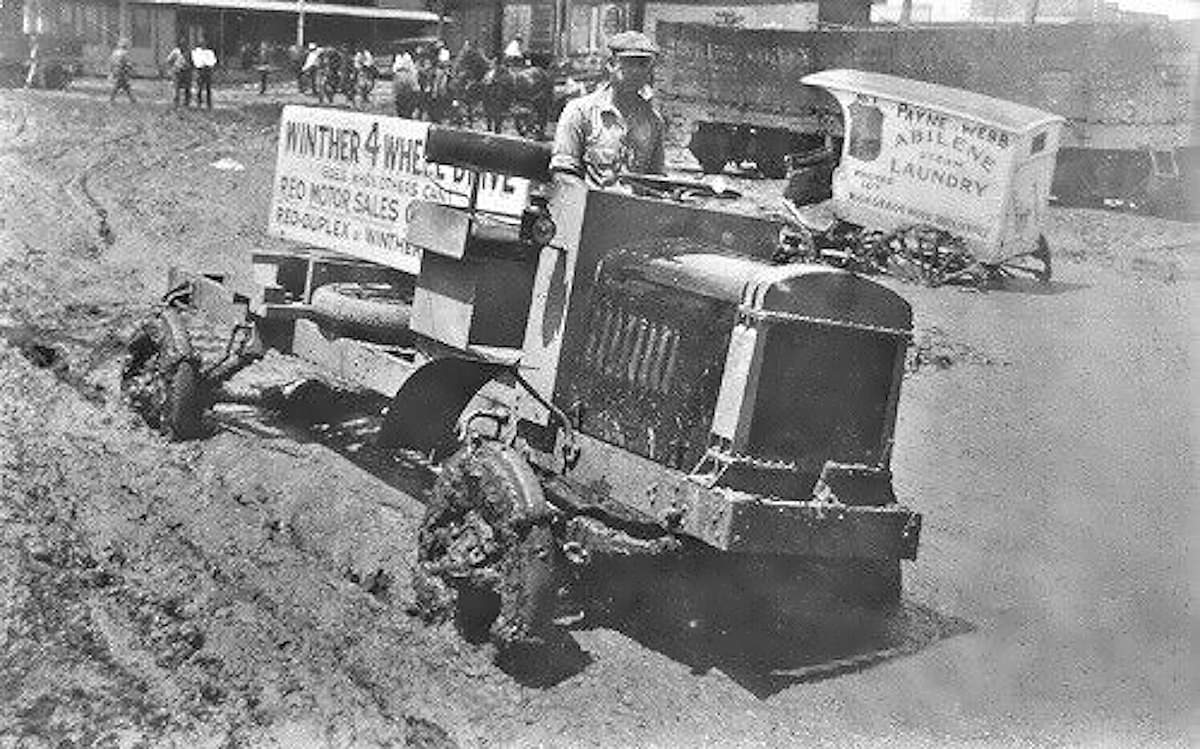
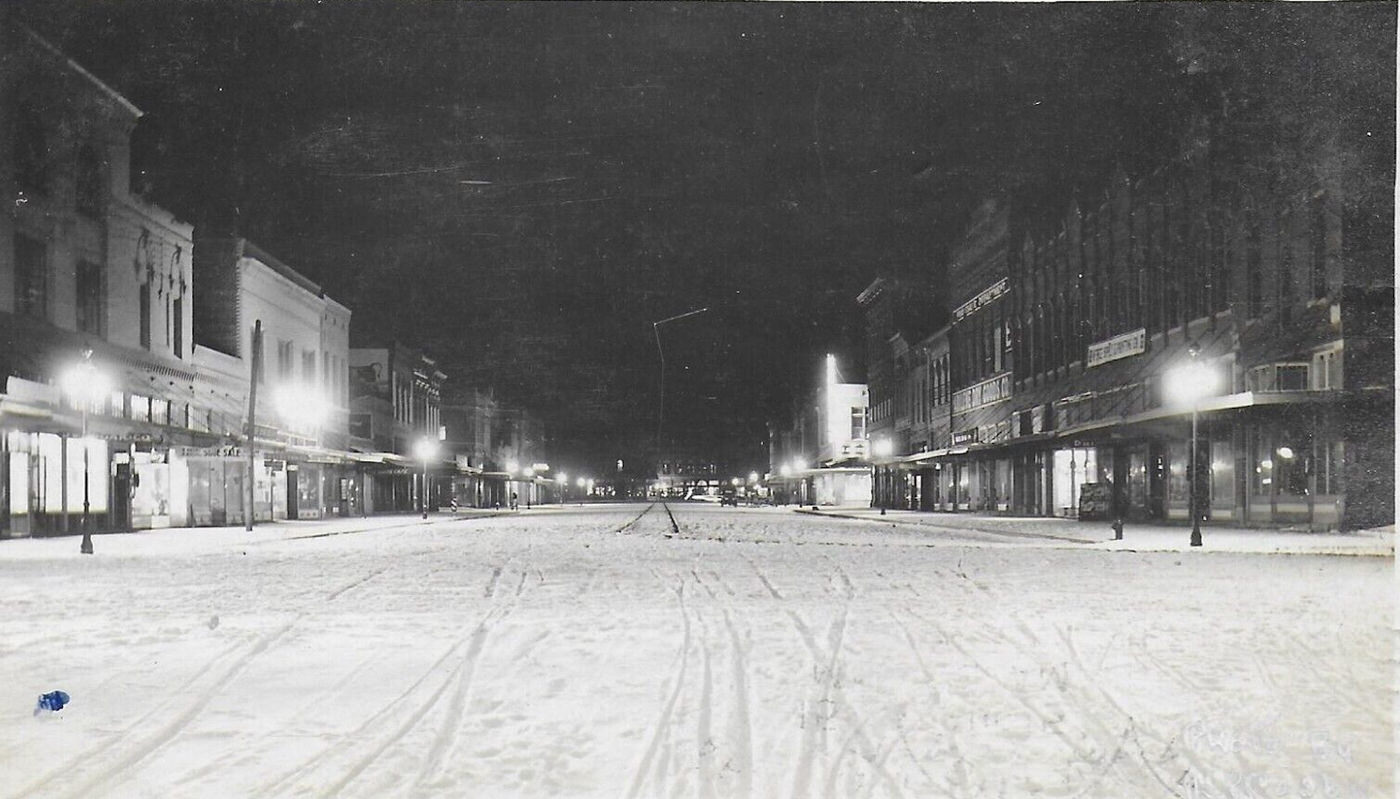
Civic structures also matured. The city government took on more responsibilities, managing the expanding utilities and infrastructure. Around 1915, Taylor County completed construction of a new, more imposing courthouse, replacing the earlier structure from the 1880s. This building stood as a symbol of the county’s growth and stability. The fire department continued its transition towards professionalization, acquiring better equipment to protect the growing city. The police force also expanded to meet the needs of a larger population. Public health became a critical concern, especially with the arrival of the devastating Spanish Flu pandemic in 1918. Starting in the fall of that year and lasting into 1919, the influenza outbreak swept through Abilene. Authorities implemented public health measures, including closing schools, churches, theaters, and other public gathering places for periods to try and curb the spread of the highly contagious virus. Many residents fell ill, businesses were disrupted, and the pandemic caused numerous deaths, leaving a somber mark on the community as the decade drew to a close.
Social life in Abilene during the 1910s reflected both continuity and change. Churches remained central social hubs, alongside their religious functions. Community events, picnics, and holiday celebrations brought people together. The growing popularity of motion pictures offered new entertainment options, with silent films drawing crowds to local theaters. Social clubs and fraternal organizations continued to be active. However, the war years brought changes, with social activities often taking on a patriotic theme or focusing on supporting the troops. Another significant social change emerged with the rise of the Prohibition movement. Sentiment against the sale and consumption of alcohol grew stronger, fueled by temperance groups and often linked to wartime calls for grain conservation and moral rectitude. Texas enacted statewide prohibition in 1918, closing legal saloons across the state, including those in Abilene, a year before national Prohibition took effect. This altered long-standing social patterns and drove alcohol consumption underground. Through growth, technological change, war, and pandemic, Abilene navigated a complex and transformative decade, emerging into the 1920s as a more established, more connected, yet significantly changed city.
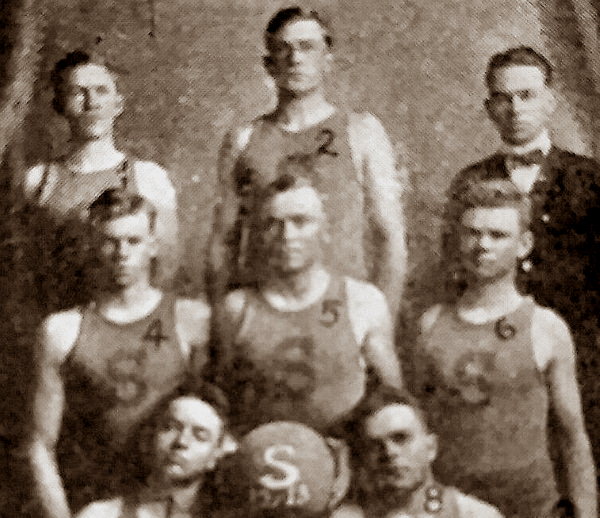

Image Credits: McMurry University Library, Hardin-Simmons University Library, Collection of T. B. Willis, Abilene Library Consortium, wikimedia, Abilene Christian University Library, Boyce Ditto Public Library, Coleman Public Library
Found any mistakes? 🥺 Let us Know

